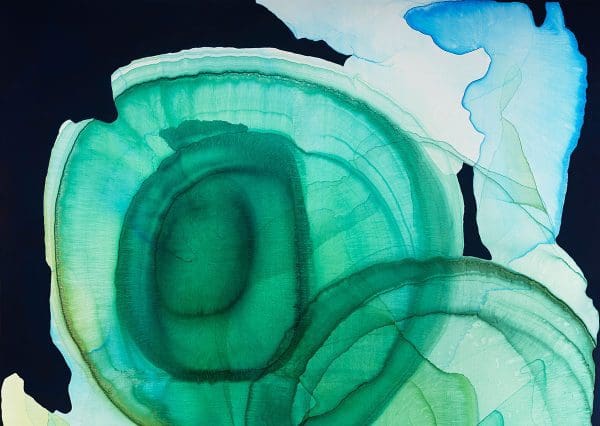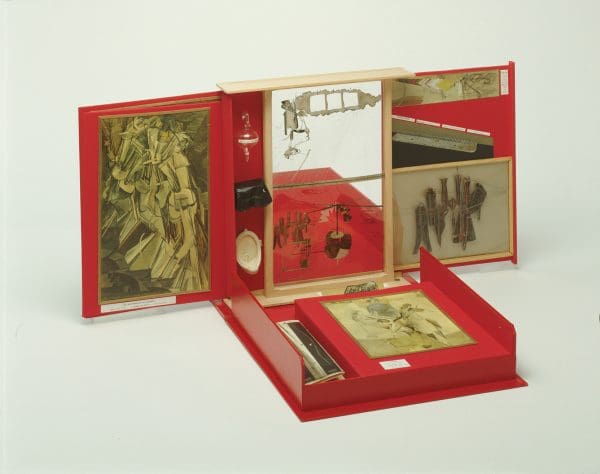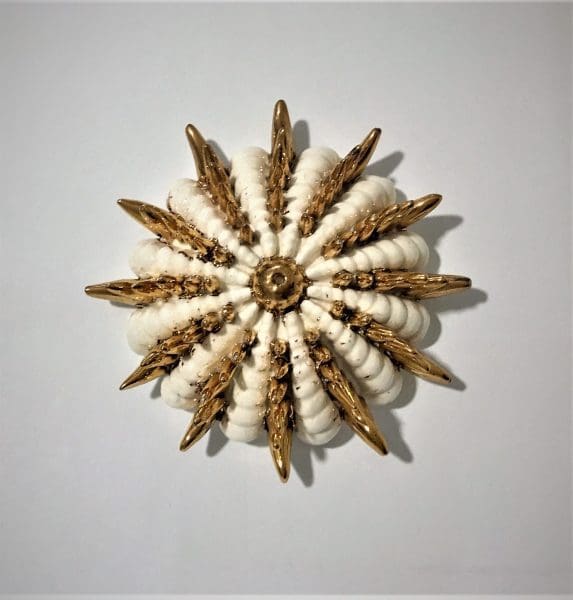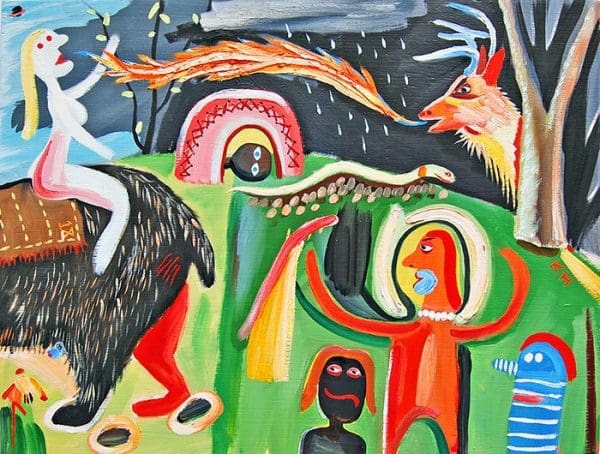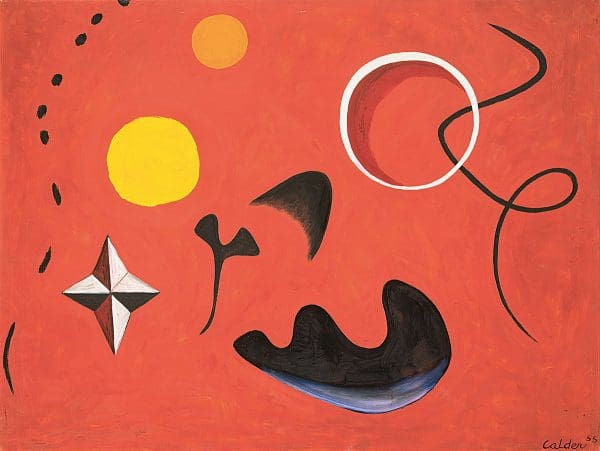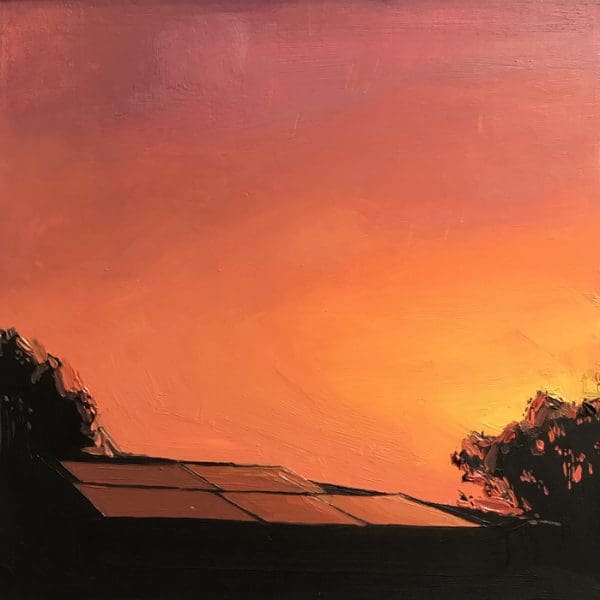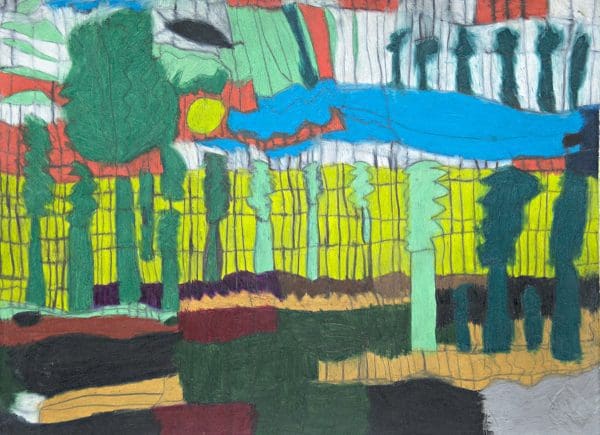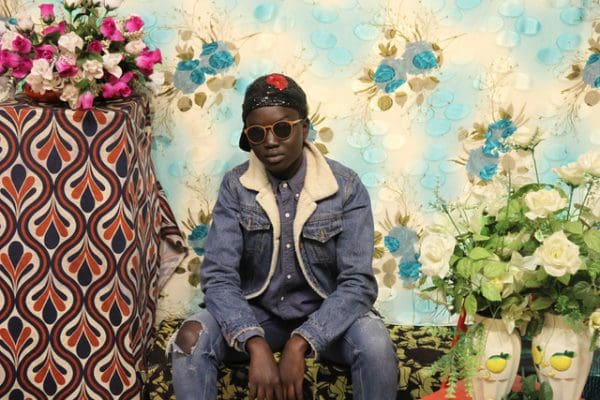
Storygraph
Through the medium of comic art, StoryGraph offers a portrait of various aspects of Australian life, from policy and governance to small communities and services.
Through the medium of comic art, StoryGraph offers a portrait of various aspects of Australian life, from policy and governance to small communities and services.
Colour is an ongoing preoccupation for Lara Merrett, and the paintings for Flip side are steeped in it.
“Duchamp is one of the great iconoclasts of the 20th century,” says Nicholas Chambers, coordinating curator of The Essential Duchamp.
James Powditch’s new exhibition Codakhrome explores the fragility of memory.
Melbourne artist Kevin Chin was on a residency in Yellowstone National Park in the US when Donald Trump was elected in 2016. In an increasingly partisan America he started on his latest series of paintings, Structural Equality.
American artist Asad Raza creates a new site-specific work for Kaldor Public Art Project 34 at Carriageworks.
Ceramic artist Mirjana Dobson is deeply inspired by Haeckel’s drawings and her work mimics the organic forms of ocean plants and animals, particularly those found in coral reefs.
With a style reminiscent of the character driven images of Reg Mombassa and the dreamlike figures of Mirka Mora, Kurt Hermann visually references everything from Shakespeare to rattlesnakes.
Considered to be a defining point in Calder’s art, the mobile sculpture is one of many innovations chronicled in Alexander Calder: Radical Inventor.
The Life Around brings together oil paintings by Perth-based artists Ellen Norrish and Ian Williams. Like hawk-eyed beachcombers, they inspect found social media posts, filter-edited photos, CGI objects and virtual environments, pocketing whatever intrigues them.
ART + CLIMATE = CHANGE 2019, an initiative of CLIMARTE, is a festival held across numerous museums, galleries and public spaces in Melbourne and regional Victoria.
Our Common Bond brings together artists who face “being Australian in some circumstances and not being Australian in others,” says curator Olivia Welch. “They’re Australian, but not ‘enough’.”
